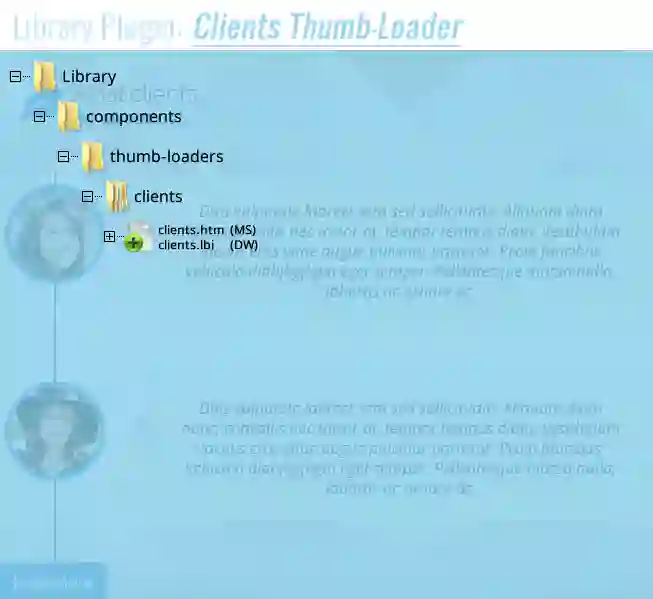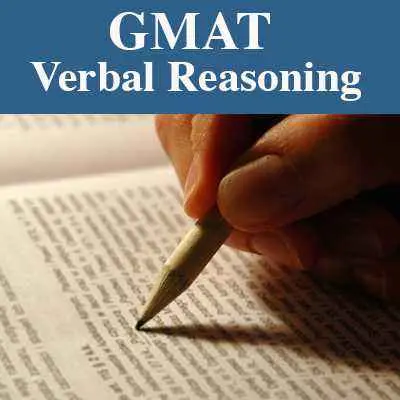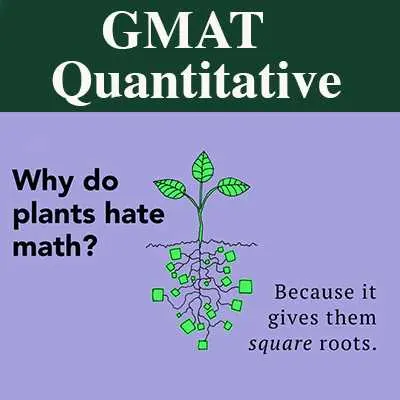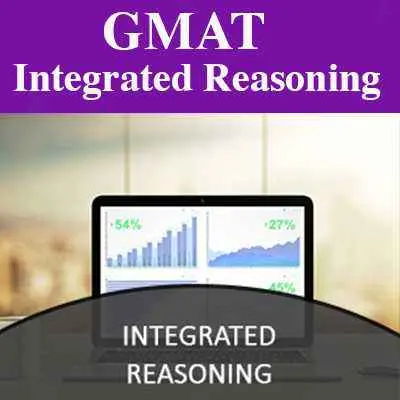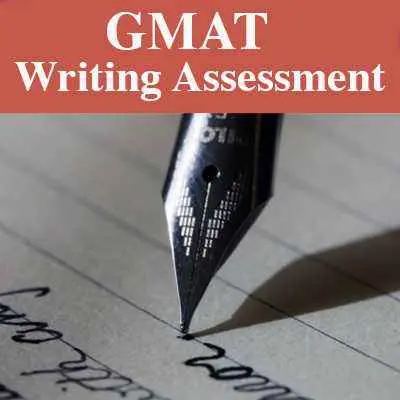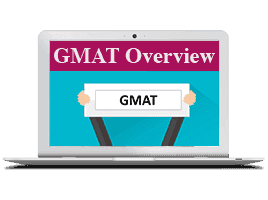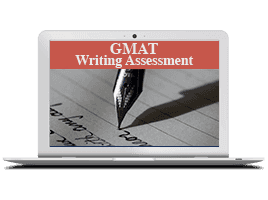Integrated Reasoning Section of the GMAT

The Integrated Reasoning section of the GMAT exam contains 12 questions—most requiring multiple responses. You will have 30 minutes to complete it. This section measures how well you integrate data to solve complex problems.
Specifically, the Integrated Reasoning section tests your ability to: synthesize information presented in graphics, text, and numbers. Evaluate relevant information from different sources, organize information to see relationships and solve multiple interrelated problems, and combine and manipulate information from multiple sources to solve complex problems.
There are four types of questions in the Integrated Reasoning Section
- Multi-Source Reasoning
- Table Analysis
- Graphics Interpretation
- Two-Part Analysis.
Many questions require more than one response, and you can access an online calculator with basic functions. Because the questions are designed to test your ability to integrate data to solve complex problems, you must answer all responses to a question correctly; no partial credit will be given.
Multi-Source Reasoning
The Multi-Source Reasoning questions measure your ability to examine data from multiple sources text passages, tables, graphics, or some combination of the three—and to analyze each source of data carefully to answer multiple questions. Some questions will require you to recognize discrepancies among different sources of data. Others will ask you to draw inferences, and still, others may require you to determine whether data is relevant.
Table Analysis
The Table Analysis questions measure your ability to sort and analyze a table of data, similar to a spreadsheet, to determine what information is relevant or meets certain conditions.
Graphics Interpretation
The Graphics Interpretation questions measure your ability to interpret the information presented in a graph or other graphical image (scatter plot, x/y graph, bar chart, pie chart, or statistical curve distribution) to discern relationships, and make inferences.
Two-Part Analysis
The Two-Part Analysis questions measure your ability to solve complex problems. They could be quantitative, verbal, or some combination of both. The format is intentionally versatile to cover a wide range of content. Your ability to evaluate trade-offs, solve simultaneous equations, and discern relationships between two entities is measured.







